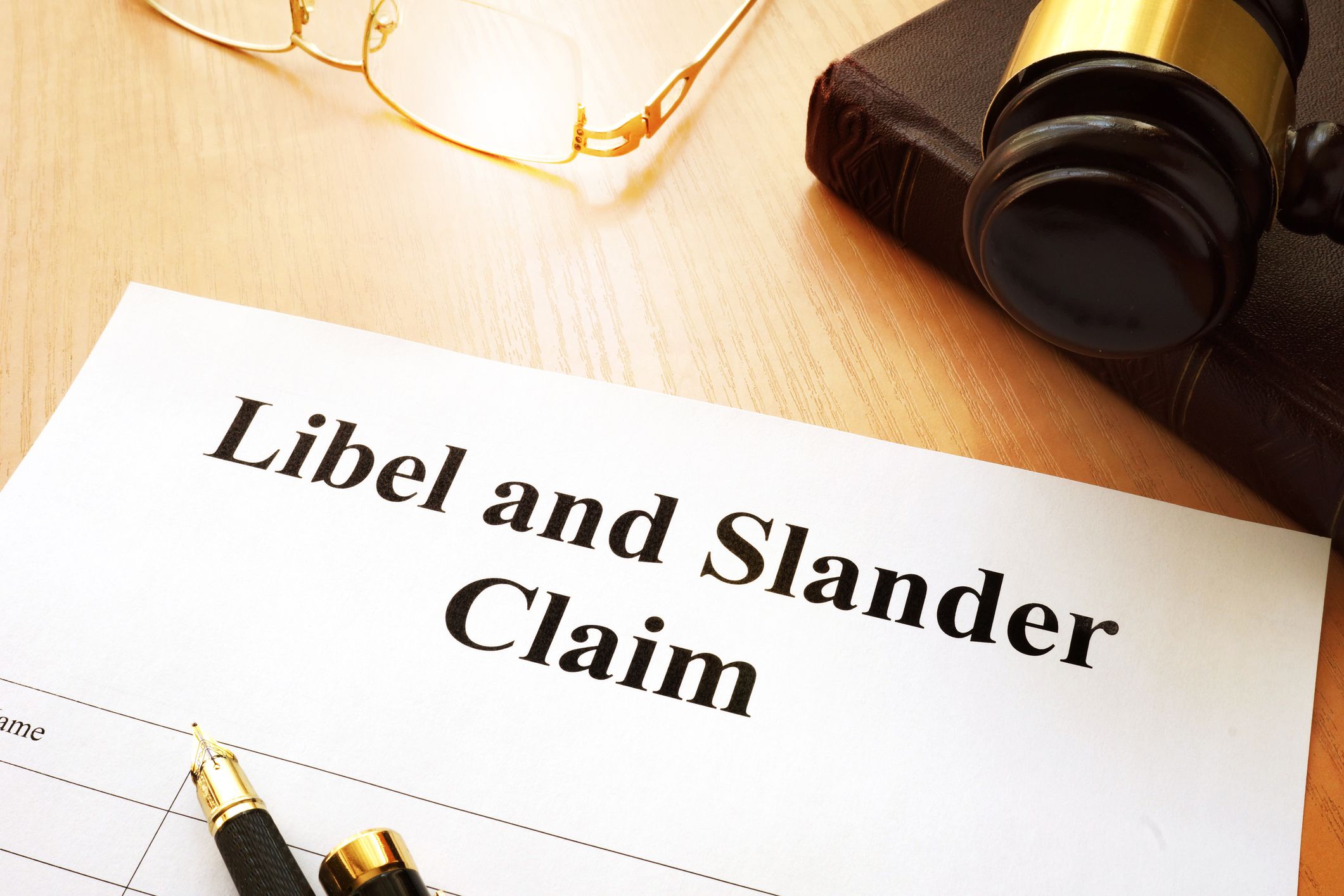What is an Uncontested Divorce?
An uncontested divorce is an arrangement in which both parties agree, and there is no need for an attorney, to go through the court process of getting a divorce.
It occurs when both parties agree to the divorce, and neither party opposes it. Because the settlement is reached outside of court, it is also known as civil divorce. However, you must meet certain requirements.
Couples who are fighting over alimony (spousal support), child custody, or finances are usually not eligible for an uncontested divorce.
In this guide, we’ll explore the requirements, benefits, drawbacks, and procedures for an uncontested divorce in the United States.
Eligibility For an Uncontested Divorce
An uncontested divorce is not available to all spouses seeking a divorce.
To be eligible, they must have no mutual disagreements in the following categories.
- Custody of the child
- Aid to children
- Division of property
Alimony and spousal support are two types of spousal support.
An uncontested divorce follows a simple process that begins with one of the parties filing a divorce petition.
The form includes all of the sections for filling out information on child custody and property division.
If the other partner does not object to the divorce or fails to appear in court, the divorce will be granted automatically.
In the case of fault divorce, you can have an uncontested and rapid divorce.
A fault divorce occurs when one partner seeks divorce from the other on the basis of infidelity, long-term abandonment, incarceration, physical inability for sexual intercourse, mental agony, physical suffering, or cruelty, among other things.
How Do I Get A Divorce That Isn’t Contested?
You can engage a divorce attorney to assist you in filing for divorce and fighting for an uncontested divorce, as it can be a complicated process if you don’t know your way around what you’re doing.
Public access to legal forms is provided at county courthouses and civil courts.
The person who wishes to start the divorce procedure must complete the court documents, file them with the county clerk, pay the filing fee, and then have the case served on the opposing party.
You can get guidance from an attorney or a clerk to make sure the papers are correctly filed.
If the paperwork is submitted wrongly, you may have to start anew, or you may not be permitted to do so without the assistance of an attorney. If filled incorrectly and a redo is needed, you will need to pay the filing fee again.
However, your spouse will have to sign the documents or file a response when you’re done.
You will be granted a divorce based on this paperwork, so get it right, and always consult your legal advisor before taking action. The files you submit need to be clear and concise and need to explain the situation you’re in with clarity. The clearer you can be, the more chances you have of acquiring an uncontested divorce.
Summary
An uncontested divorce is a fast process for couples who can reach common grounds and separate civilly. However, get an attorney who can help you through the process quickly and effectively because you never know what complications could arise.









